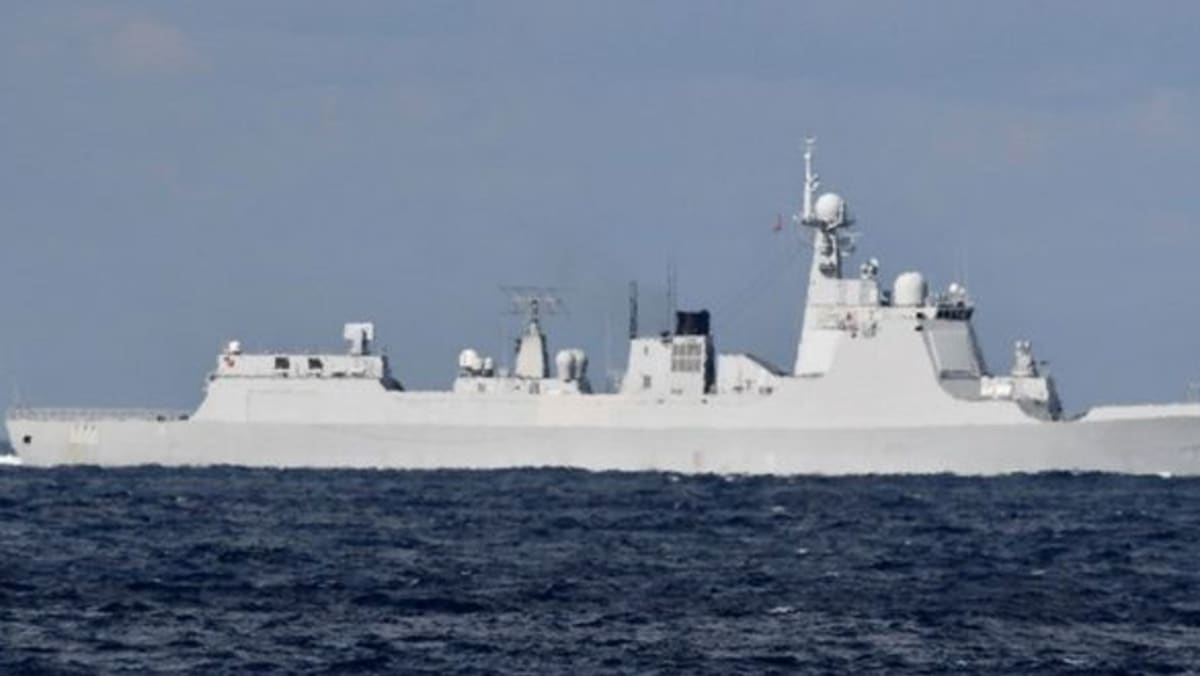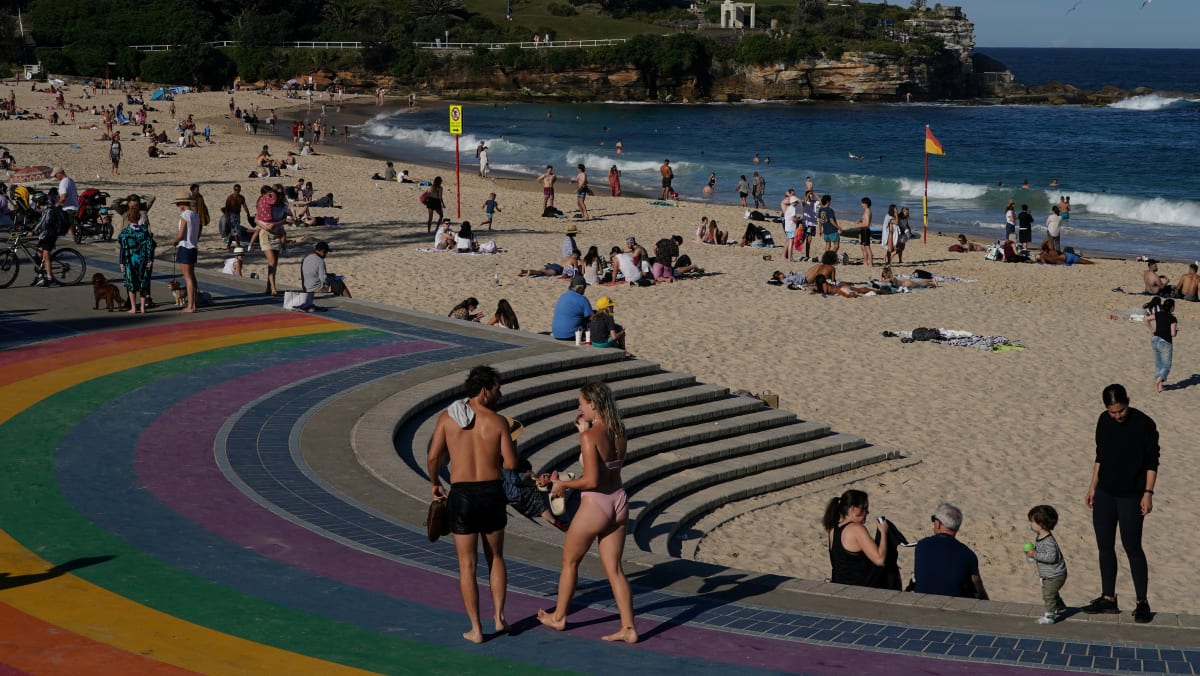
SINGAPORE - The Ministry of Health (MOH) has lifted the suspension on overseas leave application for all healthcare workers.
This comes after almost two years of long working hours and being away from their loved ones for some doctors and nurses.
The update was announced on Tuesday (Oct 19) in an MOH Holdings circular to healthcare workers.
MOH Holdings is the holding company of Singapore’s public healthcare institutions.
In response to queries from The Straits Times, MOH said: “We recognise the need for staff to recharge and rest after a long period of fighting the pandemic.
“The public healthcare institutions will work to strike a balance for leave applications from staff so that staff can take turns to go on leave, while providing sufficient staffing for essential healthcare services.”
The Public Service Division (PSD) said its guidelines for public officers are aligned with the Republic’s national travel advisory.
It said: “Officers are advised to plan ahead and discuss their leave plans with their supervisors to minimise disruption to operations.”
MOH Holdings had told healthcare workers that it had reviewed the overseas travel guidelines for healthcare workers after the recent government announcement on the newly opened Vaccinated Travel Lanes (VTLs) on Oct 9.
The VTL arrangement allows travellers to visit 11 countries without undergoing quarantine if passengers are fully vaccinated. They must also take two polymerase chain reaction (PCR) tests, before departure and on arrival.
Welcoming the announcement, a junior doctor who wanted to be known only as Faith said: “My hospital has a lot of foreign doctors who haven’t seen their families for about two years.”
Faith, 24, who works at Khoo Teck Puat Hospital, said: “Some of them are being allowed to apply for extended leave of more than a month to travel home and meet their families.”
Both private and public hospitals told The Straits Times that they are supportive of the new move and will take the necessary steps to keep patients and staff safe.
Professor Fong Kok Yong, deputy chief executive of SingHealth, said that as an additional measure, all SingHealth staff working in high-risk areas who return from a country with no stay-home notice requirement will have to take a PCR test on the day they return to work.
Dr Prem Kumar Nair, chief executive of IHH Healthcare Singapore, told ST that since Monday, the organisation has lifted all travel restrictions on its staff.
IHH Healthcare Singapore manages Mount Elizabeth Orchard, Mount Elizabeth Novena, Gleneagles Hospital and Parkway East Hospital.
Dr Nair said: “We are grateful to all our foreign employees who have sacrificed being with their families to continue working with us to care for our patients over the past 20 months.”
Tuesday’s announcement comes after MOH Holdings told healthcare workers in a circular on Oct 7 that it was suspending overseas leave due to an increase in Covid-19 cases in the community.
MOH Holdings had said then: “There is a need to ensure sufficient manpower to support ground operations and ensure that patient safety is not compromised.”
Strategy professor Lawrence Loh of the National University of Singapore Business School said that it is important to balance the surge in Covid-19 cases with the mental wellness of healthcare staff.
He said: “We can beef up the healthcare system by hiring para-nurses and redeploying staff from vaccination centres which are no longer in use.”
Professor Dale Fisher, a senior infectious diseases consultant at the National University Hospital, said: “(For healthcare workers), the relentlessness paired with constant personal protective equipment use and having to be so careful every moment at work is certainly taking its toll.”
Associate Professor Jeremy Lim from the National University of Singapore’s Saw Swee Hock School of Public Health said: “If healthcare workers continue to work under such stressful conditions, they will no longer be productive. Therefore, it is crucial we look after (our) healthcare workers.”
https://news.google.com/__i/rss/rd/articles/CBMifmh0dHBzOi8vd3d3LnN0cmFpdHN0aW1lcy5jb20vc2luZ2Fwb3JlL2hlYWx0aC9hbGwtaGVhbHRoY2FyZS13b3JrZXJzLWluLXNwb3JlLWFsbG93ZWQtdG8tYXBwbHktZm9yLW92ZXJzZWFzLWxlYXZlLW1vaC1ob2xkaW5nc9IBAA?oc=5
2021-10-19 16:19:25Z
52781947895773



